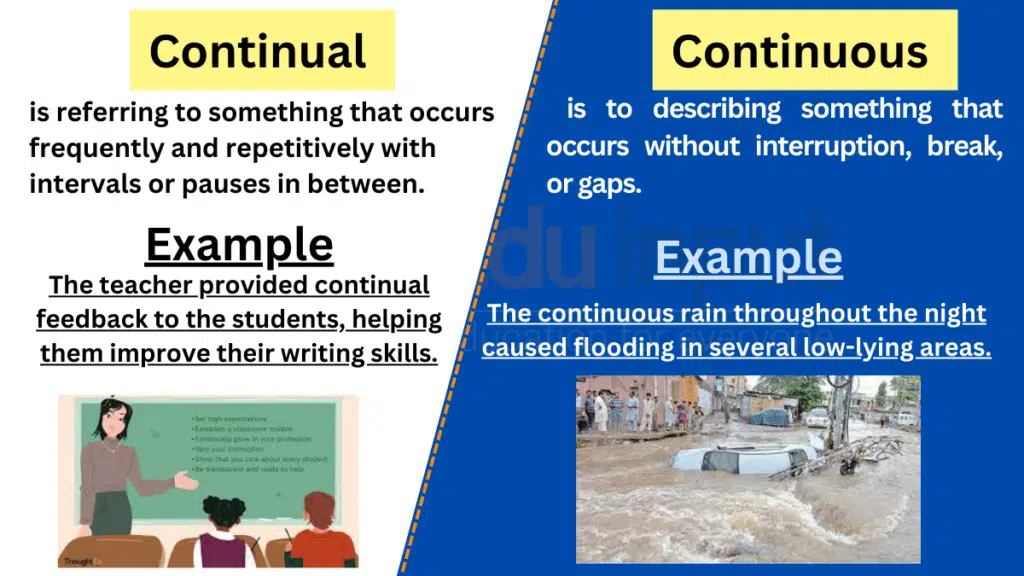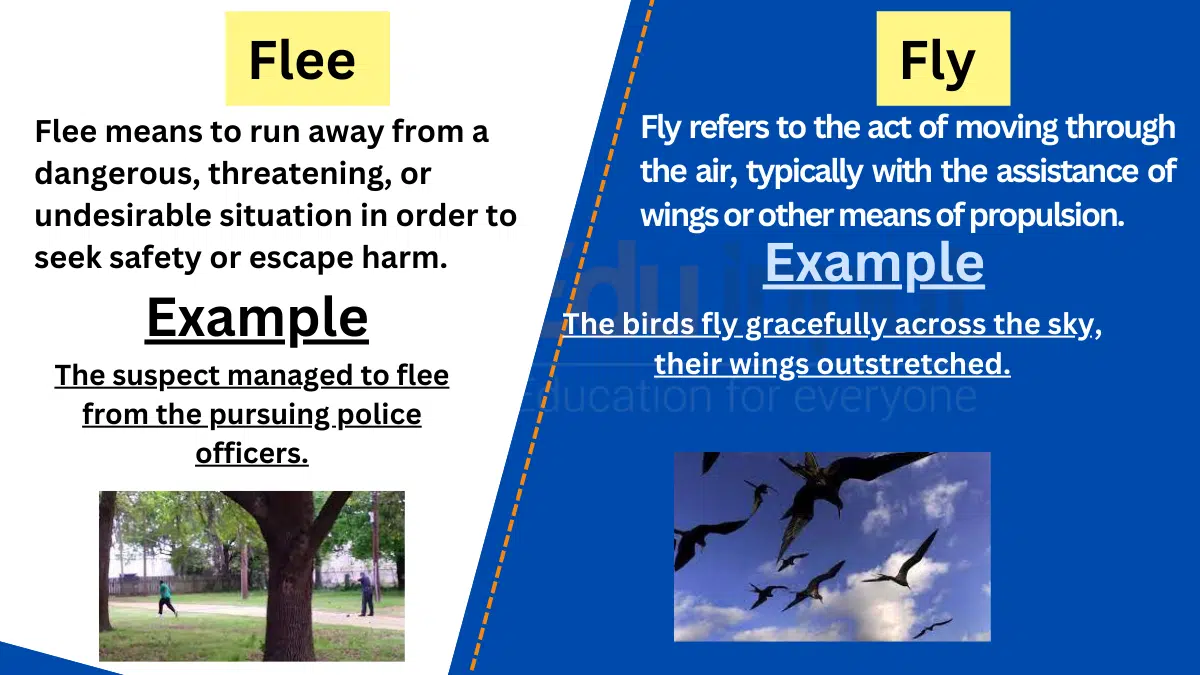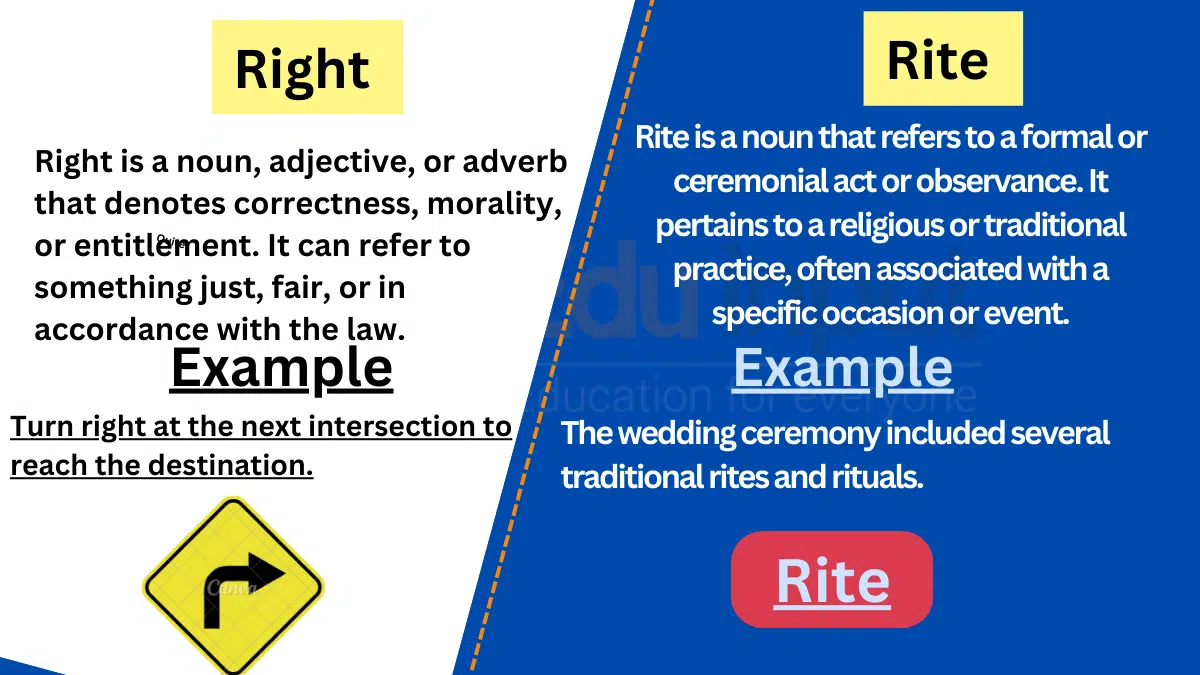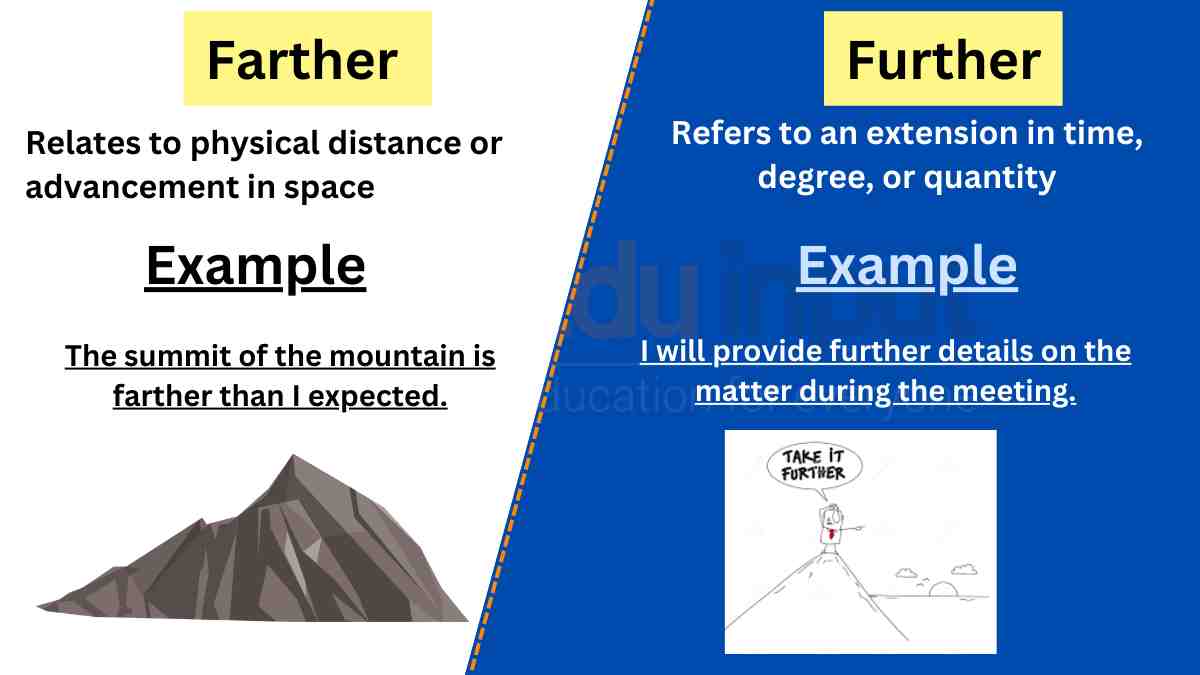Continual vs. Continuous-Difference between and Examples
In English, certain words may seem similar but have distinct meanings and applications. “Continual” and “continuous” are two such words that, despite their resemblances, convey different concepts. In this article, we will explore the differences between “continual” and “continuous” to better understand their usage and implications. By differentiating between “continual” as denoting repeated occurrences with intervals and “continuous” as indicating uninterrupted and unbroken flow or duration, we can effectively navigate discussions about frequency and uninterrupted continuity. Let’s delve into the contrasts between “continual” and “continuous.”

Meanings and Examples
Continual Meaning
Continual is an adjective. The meaning of continual is referring to something that occurs frequently and repetitively with intervals or pauses in between.
Continual Examples
a) The company’s continual efforts to improve customer service have resulted in increased satisfaction. b) She made continual trips to the kitchen to refill her glass of water throughout the day.
c) The continual sound of construction nearby disrupted the peace and quiet of the neighborhood.
d) The teacher provided continual feedback to the students, helping them improve their writing skills.
e) Despite the setbacks, their continual perseverance eventually led to success.
Continuous meaning
Continuous is an adjective. The meanings of Continuous is to describing something that occurs without interruption, break, or gaps.
Continuous Examples
a) The continuous rain throughout the night caused flooding in several low-lying areas.
b) She has been practicing the piano for hours, enjoying the continuous flow of music.
c) The marathon runner kept up a continuous pace, never stopping or slowing down.
d) The road construction resulted in a continuous stream of traffic, causing delays for commuters.
e) The constant noise from the machinery created a continuous background hum in the factory.
Difference between Continual and Continuous
| Criteria | Continual | Continuous |
| Meaning | Occurring frequently with intervals or pauses | Occurring without interruption or gaps |
| Part of Speech | Adjective | Adjective |
| Pronunciation | kənˈtɪnjuəl | kənˈtɪnjuəs |
| Usage | Describing repeated occurrences with intervals | Describing uninterrupted flow or duration |
Usage in a Paragraph
The student’s continual interruptions during the lecture disrupted the flow of the class. Despite repeated reminders, he failed to maintain silence and respect for the learning environment.
The continuous rainfall for several days resulted in severe flooding in the area. The uninterrupted downpour caused rivers to overflow, leading to significant damage and displacement of residents.
By understanding the differences between “continual” and “continuous,” we can accurately discuss occurrences with intervals and uninterrupted flow or duration. “Continual” functions as an adjective, describing something that happens frequently but with pauses or intervals in between. On the other hand, “continuous” serves as an adjective, indicating something that occurs without interruption or breaks. By using these terms appropriately, we can engage in meaningful discussions about frequent occurrences with intervals and the uninterrupted flow or duration of events or phenomena.







Leave a Reply